Dead battery pandemic: DIY in lockdown
A dead car battery pandemic is sweeping the western world: such a soul-crushing experience. Here’s how to avoid it…
The zombie apocalypse is coming for your car’s battery and I’m mad as hell on that. And I’m not gunna take it any more. #Network. And neither should you >>
Lockdown means less driving; shorter trips; equals more dead batteries. But it doesn’t have to be this way.
So I’m taking Liberace’s AK off the wall, metaphorically, and drawing a line in the sand. Toilet paper and hand sanitizer is my limit.
I have a question related to the prevailing zombie apocalypse here in Bleepsville. I wonder about the effect on car batteries.
I have two cars but now drive less than 10km per week. Are there any easy tips you could offer to your viewers so they don't wake up to find their battery dead one day?
I try to alternate my cars on each trip and have started parking them facing each other. In case, we need to jump start one using the other. The advice on internet forums is conflicting.
- Puneet S
Internet forums: agreed. Dunning and Kruger, alive and well. Trick is to do your best to avoid battery problems to begin with >>
So, there’s two parts to this: The beer garden physics of dead car batteries, and then the solution, which is going to involve money. But not too much, for most people.
Pay attention, it could save you that humiliating click-click at 5am…
Part One: Power Station
Basically, a car’s battery is a plastic box full of lead plates floating in acid (they’re not actually floating - they’re rigidly mounted and submerged in acid #Archimedes). The battery’s basic job is to store electrical energy.
The battery in your car, SUV - whatever - is the Olympic powerlifter of lead-acid batteries.
It generates a lot of effort for a very short period of time. Modern engines are, essentially, good to go, when they are shut down, and all they need is spark, some fuel and a short, sharp crank to get themselves turning and burning. The crank is of course the battery's job, via the starter, and it certainly beats doing it by hand, like back in the Jurassic..
Once the engine is running, the car’s electrical system runs off the battery, and the alternator pumps electricity back into the battery - essentially. But it’s getting pumped back in a lot slower than it was extracted on startup.
Unless of course you go overseas on holiday >> (remember those days?) or if you, say, can’t leave the house pending zombie attack…
Just to recap: Startup equals hundreds of amps over a short period of one or three seconds, or something. Recharge is probably only four to six amps, with the engine turning and burning.
Going nowhere fast during lockdown? You will be if your battery croaks.
During a zombie apocalypse, working from home on lockdown, driving 10 kays a week like Puneet, earlier, you find yourself in a position where there’s not enough recharging to offset the cumulative electrical demand from starting the car for those short trips to the shops.
And this is compounded because there’s incremental load on the battery even when the car is shut down. The various computer systems need to be powered up so they can remember what to do on startup. You hit the central locking to retrieve your phone, which you forgot earlier, and the interior lights up as well as the exterior personal security lighting, and of course the central locking itself cycles once.
These things don’t use that much power, but it certainly adds up over time. The CAN bus is only 3.3 volts I think, and very low current. Anyway, batteries get gradually depleted over a few weeks if you don’t drive much. Which is on the rise, obviously. Because: Zombie lockdown.
We’ve never been more used to batteries, as a society - because we’ve all got phones and tablets and cameras and power tools. Instruments of personal pleasure. Whatever. And we use those until they’re flat, after which we just put them on the charger and go again, right? Some people are more enthusiastic than others, obviously.
Unfortunately, car batteries do not appreciate being cycled deeply in this way. Because of the ‘Olympic powerlifter’ thing discussed earlier, flattening a car battery is a very good way to kill it. Especially if it’s already a few years old, or if you do it a few times in a row on lockdown.
To do the ‘Olympic powerlifter’ thing, there needs to be a lot of thin lead plates inside the plastic box. And if you run it flat, it’s kinda like asking an Olympic powerlifter to run a marathon. It doesn’t end well.
By comparison, in an electric golf buggy - or a caravan (if you’re not smart enough to stay in a hotel) - the batteries have fewer lead plates, fatter ones, and that gives the battery more tolerance to being discharged fully. In those kinds of applications they’re called ‘deep-cycle’ batteries, mainly because they’re tolerant of being cycled so deeply. Make sense? Here’s a great summary of how car batteries are made >>
Deep-cycle batteries look just like cold-cranking car batteries, with the same sort of plastic box, and they produce electricity using the same chemistry - but the internal construction is substantially different.
Here in Antipodean Australia, where winter is just a few weeks away, a lot of people on lockdown are going to wake up for their weekly drive to the shops, only to find their battery deader than the proverbial dead dingo’s donger, which is quite dead.
And if your need to travel is more urgent than that - some compassionate travel emergency in the middle of the night - and that click and deafening silence instead of engine startup is completely soul-crushing. Unless of course it’s your dearly beloved, in which case it’s (I presume) four different flavours of rage.
Part Two: Cold Reception
Winter places additional demand on batteries. It slows down the chemical reactions internally. It’s the classic time to discover battery deficiencies; it’s the inverse of the way you routinely discover cooling system deficiencies in summer.
So basically, the solution is: get yourself a decent electronic battery charger. Mine’s from OzCharge.com.au - it goes by the catchy name OC-PRO600, and they’re about $179 AUD. Which is pretty typical for a decent charger.
Mine’s been great, and no, I don’t get anything out of it. They just sent me one as a thank-you after I reviewed their capacitive jump starter thingo (it’s called a Rescue Mate - the 1000-amp one). Here’s a link >> Because if you’ve got a flat battery and need to get going now, and you don’t have eight hours to wait for a recharge, it’s an excellent solution.
For a car/SUV cold cranking battery, you want a charger that’ll deliver four to six amps. Mine has charging programs optimised for the different kinds of batteries - conventional wet, AGM, gel and calcium. You select the type - which is generally written on the battery.
You can also select three different charge rates: 1 amp, 4 amps and 6 amps.
One amp: is for so-called trickle charging. Just leave it continuously connected in the garage, basically, mid-apocalypse. Stops the battery going incrementally flat.
Four amps: that’s kind of a mid-range setting where the charger can passively cool itself.
And six amps: to get the job done reasonably quickly without overheating the battery, but the unit’s internal cooling fan operates from time to time on a thermostat.
There’s a billion different chargers available, around this capacity, and they all do essentially the same thing. They pump electrons back into your battery. You can order one online and get it delivered in a few days. Easy.
If you’ve got a garage, or any other location that’s weatherproof, secure and has mains power, just run the charger on four amps until the battery is full, then leave it connected and switch to ‘trickle charge’ mode until you need to go out for additional toilet tissue or whatever.
If you don’t have that easy access to a weatherproof, powered-up, secure spot, get yourself somewhere where you can run an extension lead to the car, fun it at six amps until the battery is full, and do that once a week or so.
There are solar alternatives as well, but the case for them is more ‘remote area’, where there’s no mains power betwixt you and the visible horizon. It’s not like there’s a ‘green’ or ‘economically rational’ case for solar charging.
Now, if your battery is flat, and you connect the charger, and it’s been charging overnight, and you take it off and the battery remains dead, or goes flat rapidly thereafter - it’s dead.
You need to bite the bullet and get a new one.
PRO TIP: Make sure you leave the car energized when changing the battery, so you don’t de-initialise various computer systems >>
If you don’t know what that means - changing the battery is not a job you should do yourself. Get a professional to do it. It’ll save a trillion headaches.
Any AutObarn or SuperCheap Auto will install a new car battery, plus there are services like your roadside assistance, motoring clubs (RACV, NRMA etc) or insurers like Allianz, or independents like Battery World.
Lasting Connections
Pro tip with charging: Connect the alligator clips to the battery before connecting the mains power to the charger.
Battery connection first.
Red goes to red, black goes to black.
Red = positive. Black = negative.
Don’t get that wrong.Mains power second.
The reason for connecting the mains power last is that if you do it the other way around, there’s the risk of generating a spark when you connect the alligator clips. Batteries generate hydrogen gas, which is potentially flammable.
I’d suggest that it’s generally a bad idea to envelop your head in a rapidly deflagrating hydrogen gas fireball. There’s good scientific consensus on that, and I see no reason to disagree. Especially now, what with all the hospitals being quite busy, and such a poor choice of places to visit, without a really, really good reason. Just saying.
Blowing yourself up: bad idea. I think you’d agree. It’s a pretty low risk - asymptotic to zero if you just remember to turn the mains power on last of all, to energise the recharging process. This is just one more fun thing to do, to engage one’s grey matter on lockdown. And this is so simple, a prime minister could probably get it right.



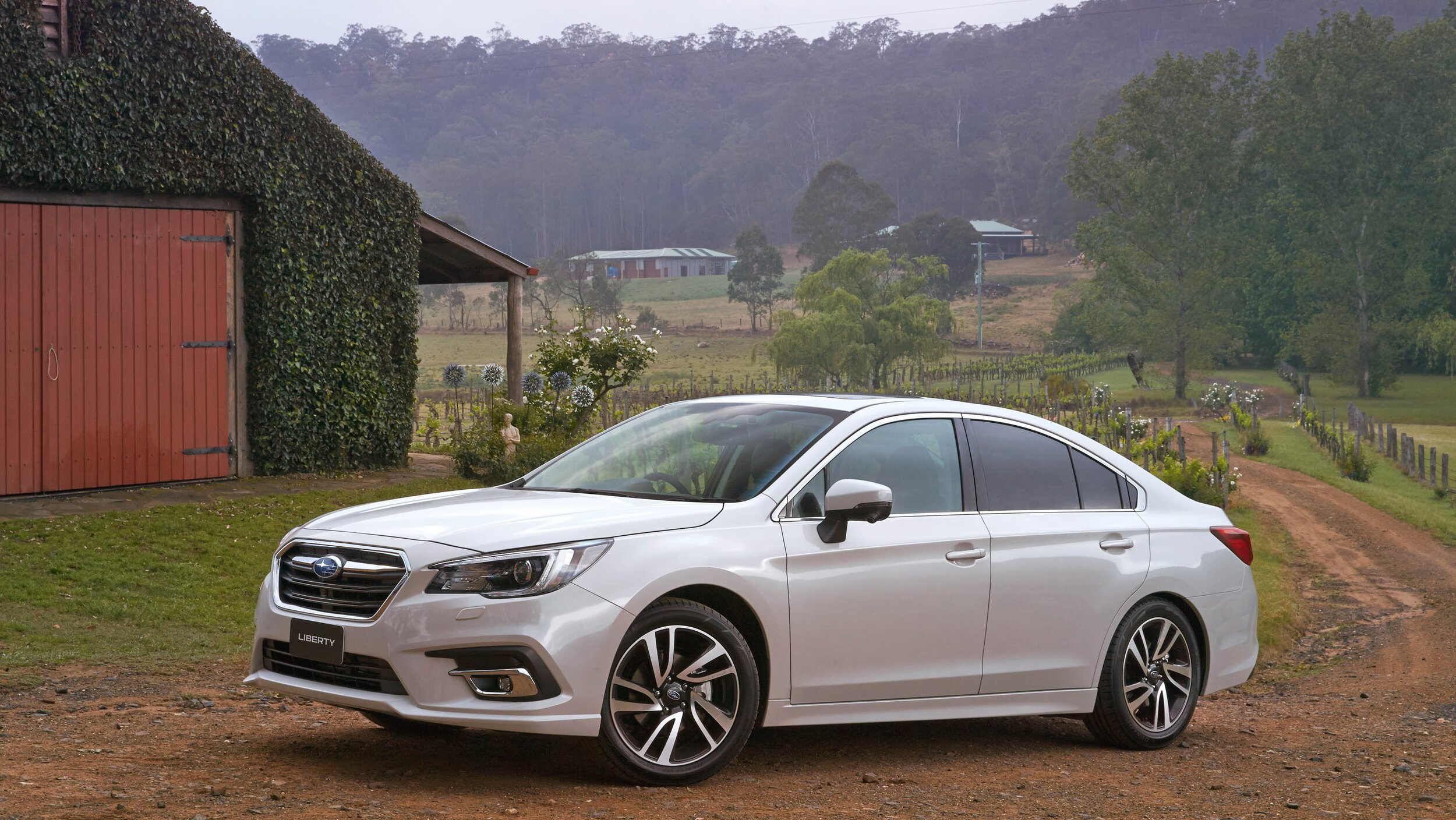
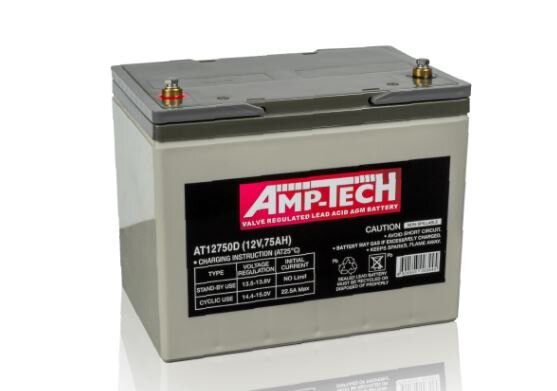

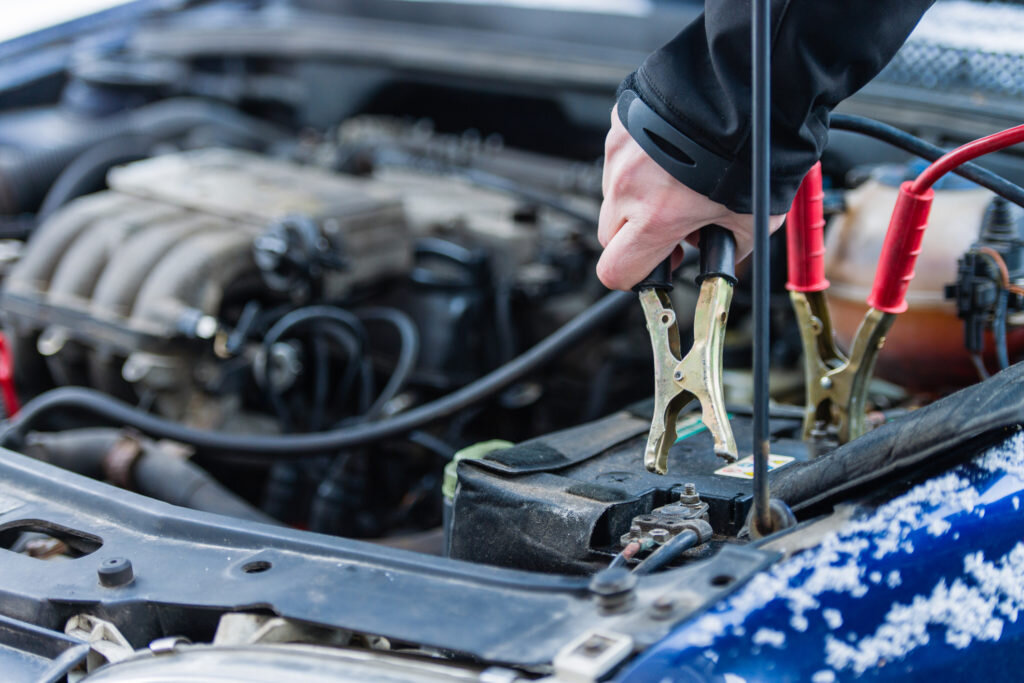
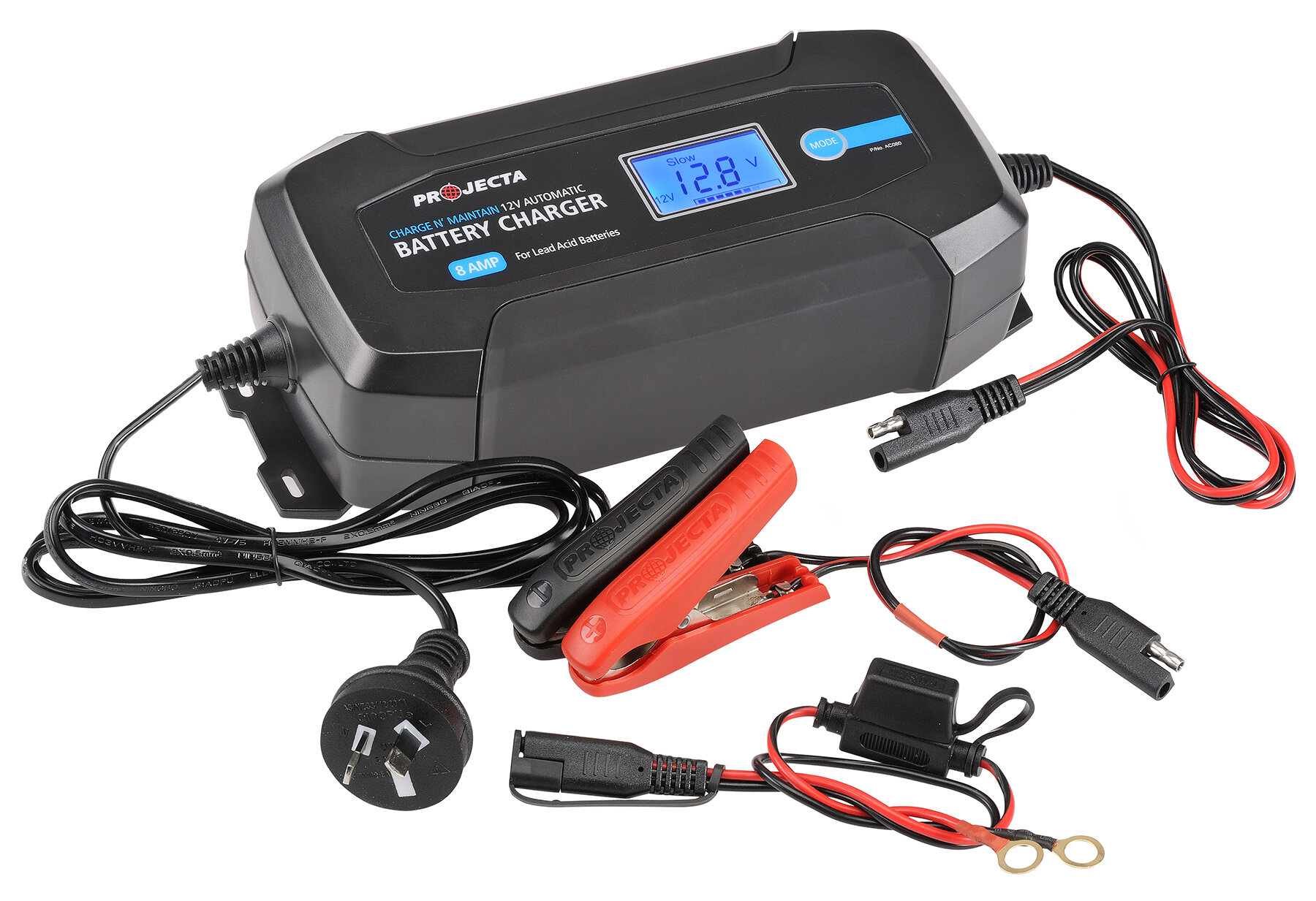
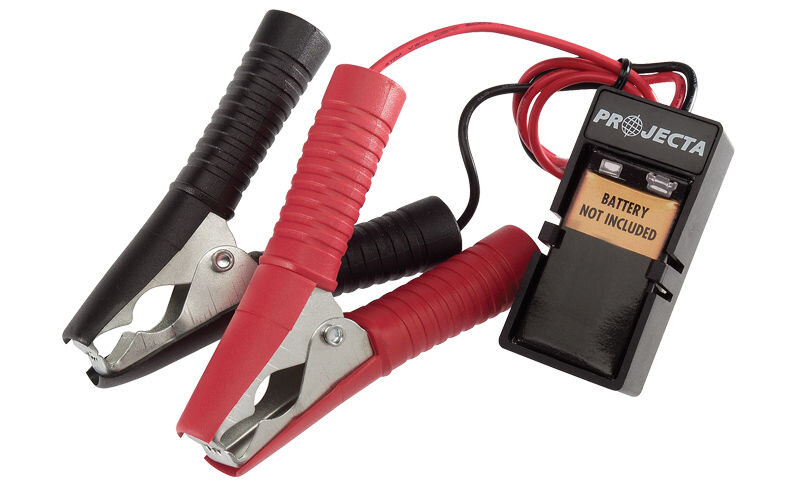
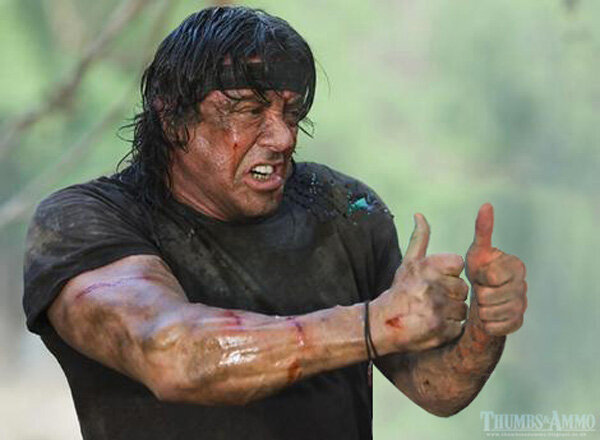












The MG ZS is a small SUV that offers such strong value to most buyers that it should be on your shortlist be default, even when shopping for a used car. But given that no car is perfect, the price could easily distract from its drawbacks.